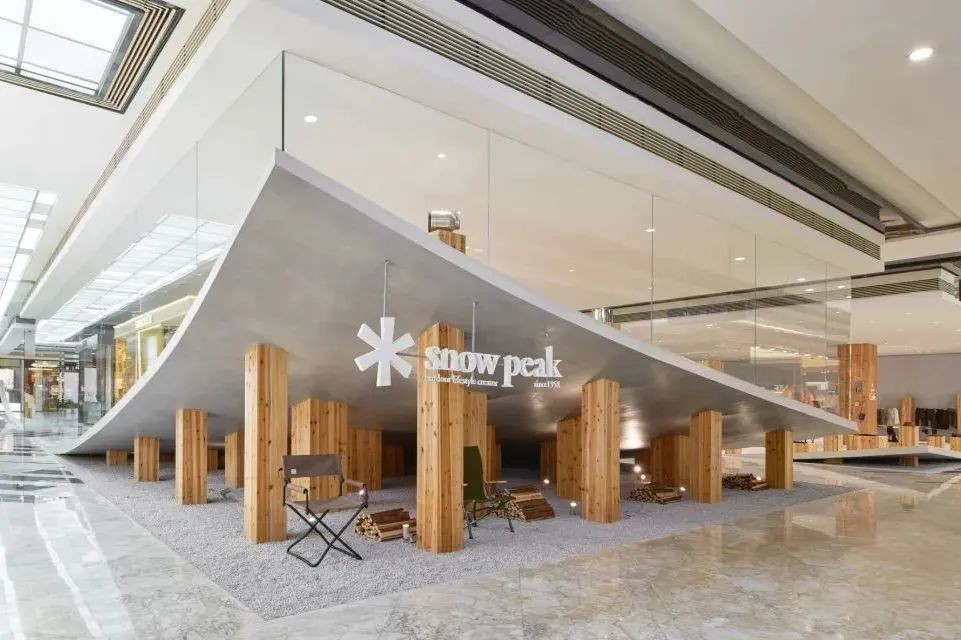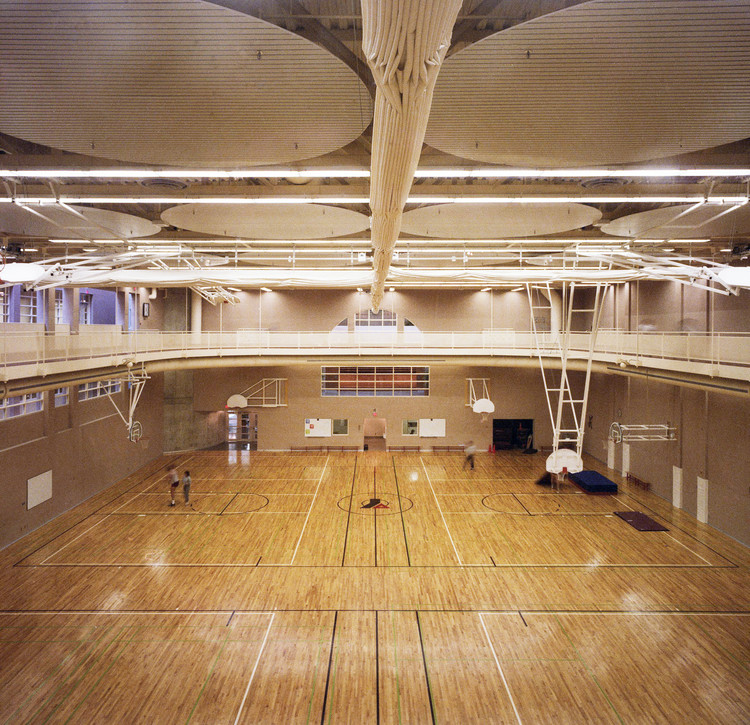Architects Studio Atelier TAO+C
2017-10-25 20:00
© Su Sheng Liang
(三)苏圣良


我们如何找到和创造一个居住和工作的地方?
How do we find and make a place in which to live and work?
在像上海这样的现代城市里,居住地和工作地点很难重合。作为一种新的设计实践,Atelier陶C的建筑师面临着低成本的居住与工作相结合的需要。在一栋不知名的80年代住宅的底层,我们发现了一个小住宅,里面陈设了过时的室内家具,地皮又窄又长,占地3.3x14.5米,后院面积不到6平方米。我们把它租下来,把它改造成一间工作室。8个月后,隔壁属于另一业主的类似布局的房间被清空,我们也把它租出去,并通过消除后院之间的一堵墙与前者连接起来。在整个过程中,我们试图找到一种方法来适应新的使用和职业的可能性,用简陋的材料进行轻巧的触摸和调整,保持室内空间的灵活性,并随着邻里模式的发展而成长,以揭示在平凡的住房类型中发现的空间奇异性。
Find In a modern city like Shanghai, Places of residence and places of work hardly ever coincide. As a newly established design practice, architects from Atelier Tao+C confronted a need of combining living and working in one place with low cost. On the ground floor of an anonymous 80s housing, we found a small residence with obsolete interior furnishings, the plot is narrow and long, measures 3.3 x 14.5 meters, with a backyard less than 6 sqm. We rent and transformed it into a studio. 8 months later, the room next door in similar layout which belongs to another owner was emptied out, we also rent it and connected with the former one by eliminating a wall in between the backyards. In the whole process, we seek to find a way to accommodate new possibilities of use and occupation, to make light touch and adjustments with humble materials, to maintain flexibility of interior space and grow along with the pattern of neighborhood, to shed light on the spatial strangeness found within mundane housing typologies.
© Su Sheng Liang
(三)苏圣良


将中密度纤维板制成的活箱插在北端。它是紧凑的-3.6x1.7米,但足够和舒适的生活,其中必要的功能-床/架/隐藏衣柜/桌子/阅读灯/窗与可操作的面板/座位在窗口附近精心组合在一起。
Make A living box made of MDF was inserted at the north end. It is compact - 3.6 x 1.7 meters - yet adequate and comfortable to live, in which the necessary functions - bed/shelves/hidden closet/table/reading lamp/window with operable panels/a seat nearby the window were elaborately combined together.
Axonometric


通过将生命压缩成这样一个对象,给我们留下了更灵活多变的工作空间。这个空间是由一个统一的货架轨道系统连接起来的,这个系统从卧室里生长出来,围绕着灯轴,隐藏着后面的厨房和浴室,一直延伸到后院。松木架在舌和槽连接的网格,轨道是定制的镀锌钢,作为轻隧道,以及有趣的轨道滑动门和窗帘。
By compressing the living into such an object, leave us more flexible and changeable space for working. The space is articulated with a united shelf - track system which growing from the bedroom, wrapping around the light shaft, concealing the small kitchen and bathroom behind and extending toward the backyard. The pine shelves are grid in tongue and groove connection, the tracks are customized with zinc coated steel which works as light tunnel as well as playful tracks for sliding doors and curtains.
© Su Sheng Liang
(三)苏圣良


后院的大小和深度成了问题,它太小,太靠近道路,我们需要找到一种方法来扩大它,而不触及墙壁,也不会失去已经很紧的室内空间。我们用一个中空的盒子,里面一半是薄薄的木框,一半在外面,把后院带进来,同时让光线穿透房间的中心。这似乎是一个令人困惑的空间,它既是外部的,也是内外的.从一个坚实的宁静盒移动到一个开放的花园,休息在负空间,让人想起熟悉的亚洲空间类型-恩加瓦。而薄薄的框架和玻璃也唤起了异形和超现实的时刻。
The size and depth of backyard became problematic, it's too small and too close to the road, we need to figure out a way to enlarge it without touching the walls and not losing indoor space which is already tight. We carried out with A hollow box with slim wood frames sitting half inside half outside, brought the backyard in and meanwhile allowed light to penetrate into the heart of room. It appears to be a bewildering space which is both outside-in and inside-out. The itinerary of moving from a solid serenity box to an open garden, resting at the negative space, reminiscing a familiar Asian space typology - Engawa. While the thin frames and glass also evoke an alien and surreal moment.
Axonometric


半年后,后院开始生长。两码之间的墙被拆除了。应用相同的材料和语言的前盒,凸玻璃房挤出下一个住宅。这两个盒子-一个开着,一个关着,在露天里形成了一种对话。隔壁房间的内部被用作图书馆和会议室,并安装了相同的架子和轨道。穿过两处住宅的路线是光和空气的体验.
Half year later, the backyard went through a growing. The wall in between two yards was removed. Applied with the same material and language of the former box, a convex glass room extruded from the next residence. The two boxes- one open, one closed, formed a conversation in open air. The inside of next room was used as library and meeting room and installed with the same shelves and tracks. The route of walking through two residences in-out-in, is an experience of light and air.
© Su Sheng Liang
(三)苏圣良


建筑结构的形成、形成和发展过程,提出了一种适应现代变化和透明条件的居住和工作模式。
The process of making, take form from inside and grow to the fabric of building, suggested a mode of dwelling and working in tune with the modern condition of changeability and transparency.
© Chen Hao
(三)陈浩






































































Architects Atelier TAO+C
Location Shanghai, China
Design Team Cai Chunyan, Tao Liu, SISI
Area 77.0 m2
Project Year 2017
Photographs Su Sheng Liang, Zhu Hai, Santiago Barrio
Category Refurbishment
























